SUMMARY
This is AI generated summarization, which may have errors. For context, always refer to the full article.
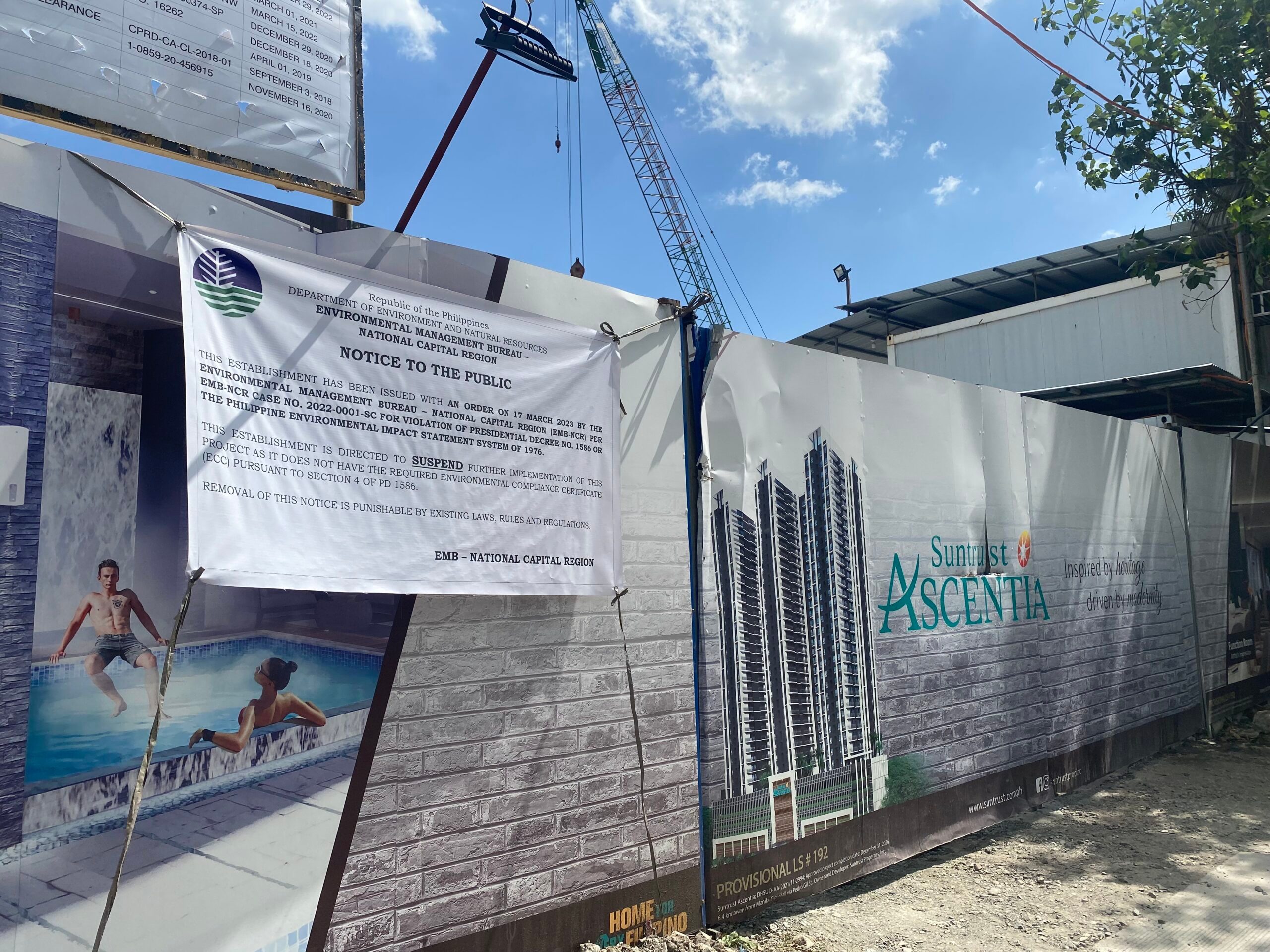
MANILA, Philippines – Barangay 885, Zone 97 of Manila and heritage advocates are seeking to stop the construction of a Suntrust condominium project located within the 200-meter buffer zone of the Spanish colonial-era Santa Ana Church.
On Friday, March 24, the said Manila locality and the Santa Ana Heritage Tourism Association filed a petition for certiorari and prohibition before the Manila Regional Trial Court against the National Historical Commission of the Philippines (NHCP), the Office of the Building Official of Manila (OBO), the Manila local government unit, and Suntrust Properties Inc.
Suntrust’s Ascentia condominium building is currently under construction in the questioned area.
Sheriff Lex Ilagan of the Manila Regional Trial Court (RTC) Branch 41 led the serving of the petition to the respondents on Monday, March 27.
The petitioners claimed that the government offices failed to uphold the National Cultural Heritage Act (NCHA), where any construction works within both the heritage zone and its surrounding buffer zone must secure authorization from the NHCP. They claimed the Manila LGU failed to convene the Santa Ana Histo-Cultural Planning Committee, which, under Manila Ordinance No. 8244 of 2011, is required to be convened.
They also claimed the OBO acted without or in excess of its jurisdiction, or with grave abuse of discretion when it issued a building permit in favor of Suntrust in December 2020, despite the absence of a “valid and genuine” barangay construction clearance, permission from the Manila city council, an environmental compliance certificate (ECC), and a heritage impact assessment.
Suntrust also allegedly failed to comply with the recommendation of the archaeological impact assessment. The Department of Environment and Natural Resources on December 6 also slapped on Suntrust a show cause order and a suspension order of the project implementation due to its absence of an ECC.
The NHCP issued a cease and desist order on November 16, 2022, but the petitioners said that Suntrust “blatantly and contemptuously disregarded” the order as it continued construction in the area.
Suntrust initially declined to comment, saying the company would review the petition served to them on Monday.
The Santa Ana Church, known officially as the National Shrine and Parish of Our Lady of the Abandoned, is a 300-year-old church dating back to the Spanish colonial era, and one of the last remaining major heritage structures of Metro Manila.
A 2014 resolution from the NHCP declared a portion of Santa Ana in Manila as a heritage zone as defined under NCHA, and provided for a 200-meter radius surrounding the Santa Ana Church where all new developments surrounding it must conform to a specific building character, height, and setback.
The Ascentia development is around 170 meters from the Santa Ana Church.
No memory of signing clearance
One of the contested documents was a “falsified” barangay clearance that Suntrust was allegedly using to justify its construction. Barangay councilors told Rappler on Monday that no member of the barangay council agreed to signing the document.
On November 7, 2022, Suntrust’s Architect Manolito Ellman met with the Barangay 885 Council to present a barangay construction clearance, a barangay resolution, and a certificate of no objection.
“Noong time lang din po na ‘yun namin nakita ‘yung mga papeles na ‘yun, na ang amin po, sa dinami dami naming mga barangay council po, noong panahon na iyon, is walang nakakatanda ni isa sa amin na pumirma sa mga papeles na ‘yon,” said Barangay 885 Kagawad Belen Amatorio.
“Kaya ang amin pong ano, is, it’s either e-signature, or forgery po ‘yung nangyari doon sa mga papeles na yon,” Amatorio added.
(That was the first time we had seen those papers, and for us, in the many times the barangay council convened at that time, not one of us remembered signing those papers. So for us, those were either e-signatures, or forged signatures that were affixed to those papers.)
Kagawad Carmelo Endaya added that the construction zone caused earthquake-like tremors that alarmed their constituents.
“Hindi nga sila [makatulog], tsaka parang yumayanig po yung lupa dahil yung pinagtatayuan niyan is dating bukid, malambot yung lupa. Kaya pagka naghuhukay ho sila, talagang maingay saka ho parang yumayanig, lumilindol,” he said.
(They cannot sleep, and the ground shakes because it is soft earth. So when they dig, it is very noisy and it is like there is shaking from an earthquake.)
The University of the Philippines Office of Legal Aid is representing the petitioners for the case. Legal intern Floricar Manalo, who represented the legal team in the services on Monday, highlighted the state’s duty to “conserve, promote, and popularize the nation’s historical and cultural heritage,” mandated by no less than the 1987 Constitution.
“This is a gut issue, because actual people are affected. There are people living in the area and these people have long protected the heritage structures in that heritage zone… So if we allow Suntrust to construct this, it is like we are denying or turning our backs to the community’s longstanding efforts,” Manalo said in a mix of English and Filipino. – Rappler.com
Add a comment
How does this make you feel?
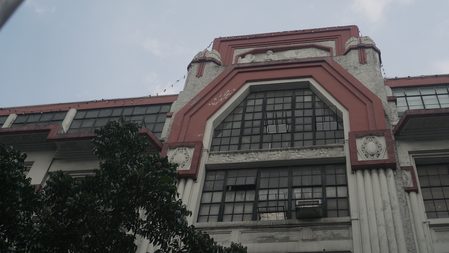





![[Uncle Bob] No whores at the Oarhouse](https://www.rappler.com/tachyon/2024/06/oarhouse-june-28-2024-2.jpg?resize=257%2C257&crop=414px%2C0px%2C1080px%2C1080px)


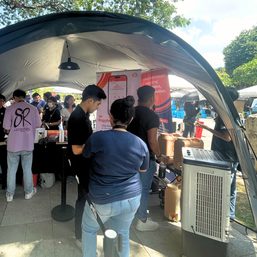
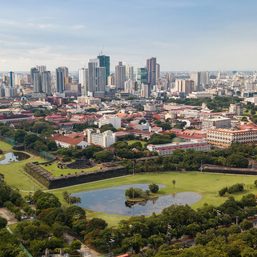


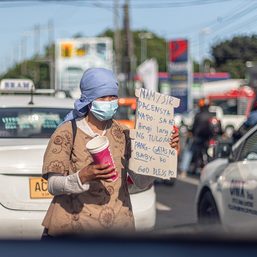


There are no comments yet. Add your comment to start the conversation.